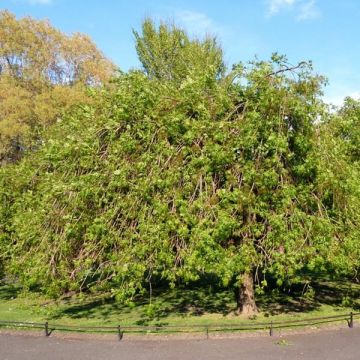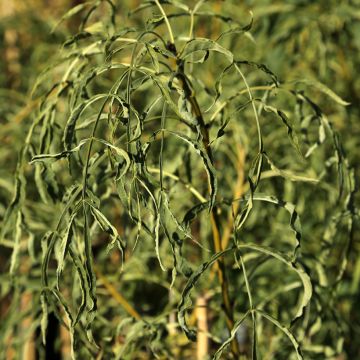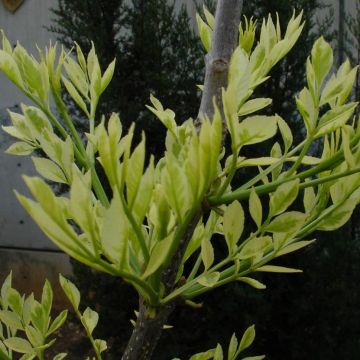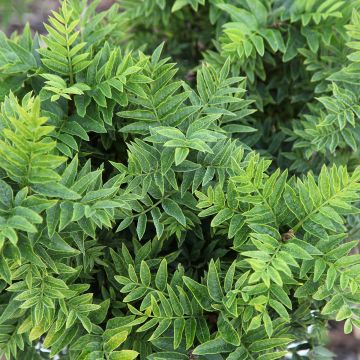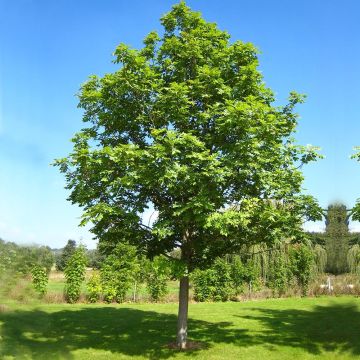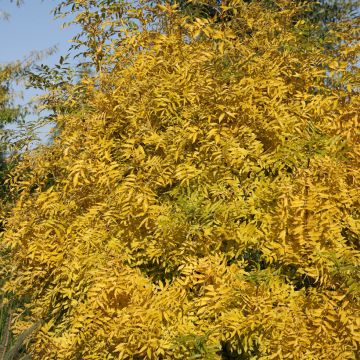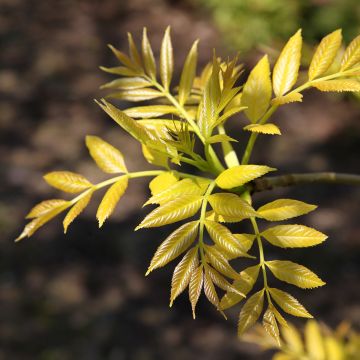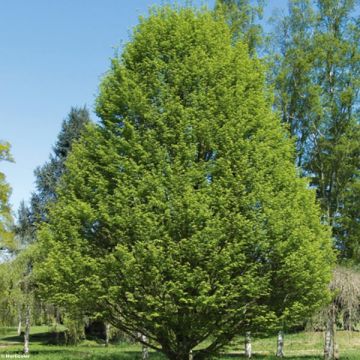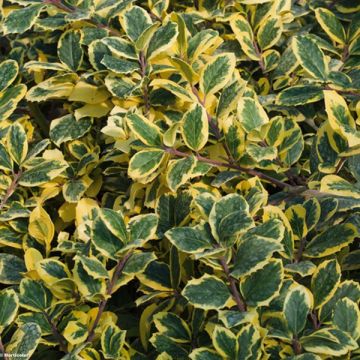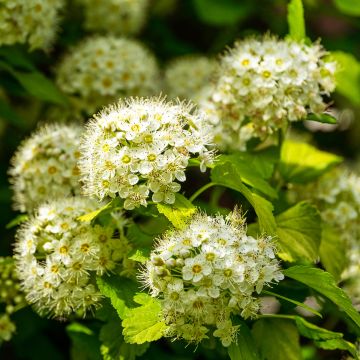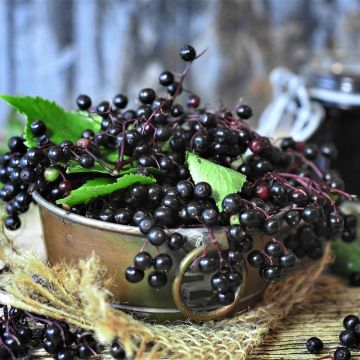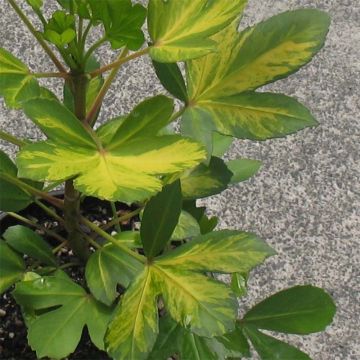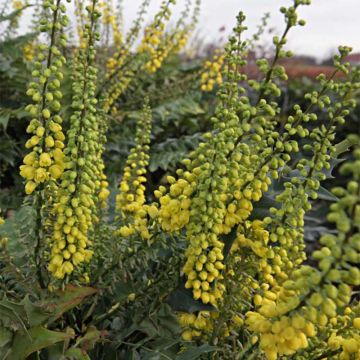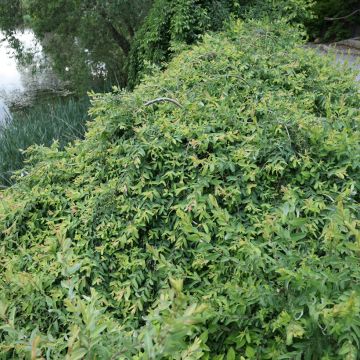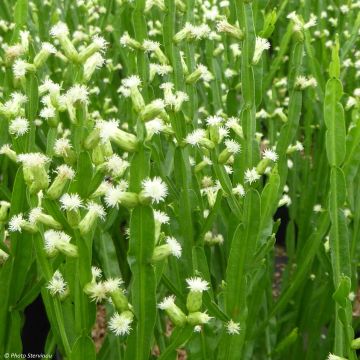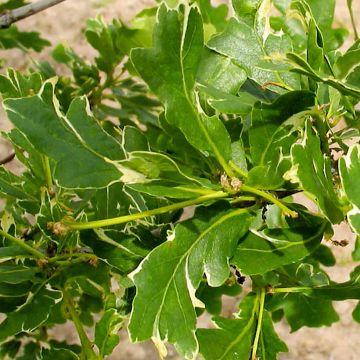País e idioma de entrega
Tu lugar de residencia parece ser:
Your country of residence is:
Para disfrutar de la mejor experiencia en nuestro sitio, puedes cambiar:
País de entrega:
Alemania
Andorra
Austria
Bulgaria
Bélgica
Canadá
Chequia
Chile
Chipre
Croacia
Dinamarca
Eslovaquia
Eslovenia
España
Estonia
Finlandia
Francia
Grecia
Hungría
Irlanda
Islandia
Italia
Letonia
Lituania
Luxemburgo
Malta
Mónaco
Países Bajos
Polonia
Portugal
Reino Unido
Rumanía
Suecia
Suiza
We only deliver seed and bulb products to your country. If you add other products to your basket, they cannot be shipped.
Idioma:
Francés
Alemán
Español
Inglés
My Account
Hola
Mis listas de favoritos
Plantfit
Mi cesta
Inicio de sesión / Registro
¿Ya eres cliente?
¿Todavía no eres cliente?
Crea su cuenta para poder realizar el seguimiento de tu pedido, acceder a nuestro servicio de atención al cliente y, si lo deseas, beneficiar de nuestras próximas ofertas.
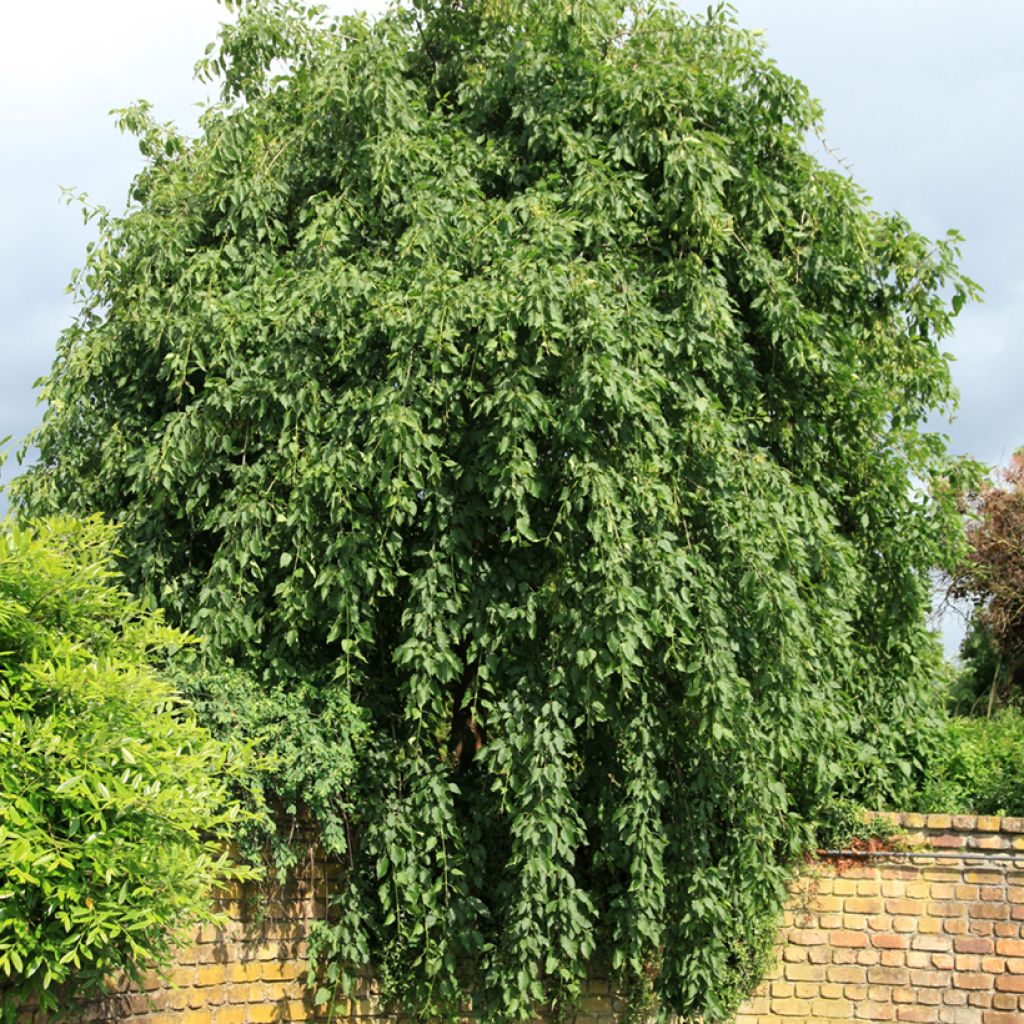

Fraxinus excelsior Heterophylla Pendula - Ash, European Ash, Common Ash
Fraxinus excelsior Heterophylla Pendula - Ash, European Ash, Common Ash
Fraxinus excelsior Heterophylla Pendula
Ash, European Ash, Common Ash
Más de para que tu pedido salga hoy mismo.
Enviado por correo a partir del
Gastos de transporte a partir de 5,90 €. Artículos grandes, gastos de envío a partir de 6,90 €.
Más información
Este artículo no está disponible para tu país.
País de entrega:
Alemania
Andorra
Austria
Bulgaria
Bélgica
Canadá
Chequia
Chile
Chipre
Croacia
Dinamarca
Eslovaquia
Eslovenia
España
Estonia
Finlandia
Francia
Grecia
Hungría
Irlanda
Islandia
Italia
Letonia
Lituania
Luxemburgo
Malta
Mónaco
Países Bajos
Polonia
Portugal
Reino Unido
Rumanía
Suecia
Suiza
Programa tu fecha de entrega,
y elige tu fecha en la cesta
24 meses de garantía en el desarrollo de esta planta
Más información
Garantizamos la calidad de nuestras plantas durante un ciclo vegetativo completo, y sustituiremos a nuestro cargo cualquier planta que no se recupere en condiciones climáticas y de plantación normales.
Artículo voluminoso: entrega a domicilio únicamente con un coste de 6,90 € por pedido..
Entrega a domicilio exprés en 24-48 horas: 8,90 €.
¿Esta planta es adecuada para mi jardín?
Crear mi perfil Plantfit →
Descripción
The Fraxinus excelsior ‘Heterophylla Pendula’ or weeping ash tree is a small tree, typically as wide as it is tall, with flexible branches that bend almost to the ground. With moderate growth, its graphic silhouette deserves to be planted in isolation or within a massif composed of low plants. A rarity among ashes, its vegetation consists of simple leaves, entire, and not composed of leaflets like most other varieties. While its flowering is too insignificant to be ornamental, it turns beautiful yellow hues in autumn before the leaves fall. A compact tree, easy to cultivate, well suited for small gardens.
The Ash tree belongs to the Oleaceae family, like the Olive tree (Olea) which gave it its name, and several ornamental genera, such as Jasmines, Forsythias, or even the Osmanthus so refined. Ash trees, of which around sixty-five species have been identified, are recognized with a few exceptions, including this variety, by their odd-pinnate leaves (composed of an odd number of leaflets due to the terminal leaflet), generally opposite or sometimes grouped in threes. Fraxinus excelsior is the common ash tree of our European forests, also found near lakes and rivers. Growing rapidly, it is a large tree that can exceed 30 m in height. Its vegetation consists of leaves composed of 7 to 13 leaflets, measuring 20 to 40 cm in length, and it produces a very discreet greenish-yellow flowering before leafing out.
The Fraxinus excelsior ‘Heterophylla Pendula’ is quite different from the botanical species in more than one way. With moderate growth, slower than the type, it eventually forms a small tree of 5 to a maximum of 6 m in height, with a comparable spread, easily recognizable by its weeping habit. Its somewhat disorderly branching spreads in all directions, more or less horizontally or even reaching skyward, but the long flexible branches arch and descend very low, practically to the ground. The dome of vegetation thus formed is particularly graphic and aesthetic. The year's shoots are a beautiful bright green, contrasting with the characteristic black buds of the species. At maturity, the shoots turn a grey colour, like the trunk's bark. Curiously, in this variety, the leaf blades are entire instead of being composed of leaflets (the 'Diversifolia' cultivar also has simple or compound leaves, but with only 3 leaflets). Their shape and size vary somewhat, hence the term heterophylla. With a beautiful bright green colour and prominent veins, the leaves have an irregular, more or less deep, toothed margin, sometimes forming small rounded lobes in places. In autumn, the foliage turns a decorative yellow before falling to the ground. However, the flowering is too insignificant to be ornamental. It appears very early, in April, in the form of small greenish-yellow flowers, which later produce equally unattractive fruits known as samaras.
Easy to grow in most fresh, well-drained soils, tolerant of strong frost and wind, not very sensitive to snow melting salt, this ‘Heterophylla Pendula’ Ash tree is particularly suitable for our small urban gardens. Plant it in isolation on a lawn to enjoy its characteristic silhouette, or even integrate it into a massif of diverse plants. In this case, surround it with low plants to not hinder its development and allow it to display its attractive habit. Under its protective shade, you can plant a carpet of Pachysandra terminalis 'Variegata', a persistent ground cover with dark green foliage delicately edged in white. The European Spindle, or Euonymus europaeus, with its somewhat wild appearance, also pairs well with your Ash tree and creates a superb colourful contrast when its foliage turns purple and red in autumn. Moreover, it produces very decorative pink and orange fruits (but be careful, they are also toxic). And to add winter colours to your scene, adopt the Cornus stolonifera 'Flaviramea', a Dogwood with very decorative yellow wood that you can plant in front of your Ash tree without hindering it, as this shrub does not exceed 2 m in height and benefits from being pruned short each year to promote the growth of bright young shoots.
Porte
Floración
Follaje
Precauciones
Botánica
Fraxinus
excelsior
Heterophylla Pendula
Oleaceae
Ash, European Ash, Common Ash
Hortícola
atteinterespiratoire
Cette plante peut entraîner des symptômes allergiques.
Evitez de la planter si vous ou vos proches souffrez de rhinite saisonnière ("rhume des foins").
Davantage d'informations sur https://plantes-risque.info
Otras Fresno - Fraxinus
Plantación y cuidados
Plant your Fraxinus excelsior 'Heterophylla Pendula' in autumn or spring, choose an open location, in non-burning sun, where the soil is deep and even if it has a low development, keep in mind the space it will eventually take up to allow it to take its characteristic shape. If necessary, create a drainage pit with stones if your soil is suffocating. If your soil is poor, adding leaf compost and planting soil will be beneficial. Maintain regular watering during the summer following planting and ensure it is protected from overly long droughts for another year; mulching can help retain moisture at the base and space out watering. It is important to bear in mind that this riverside tree needs constantly fresh soil, at least in depth. It is perfectly frost-resistant. Pruning involves balancing the tree's shape every 3 years or so by aerating the center of the canopy.
¿Cuándo plantar?
¿En qué lugar?
Cuidado
Este artículo todavía no ha recibido comentarios; sé el primero en compartir tu experiencia.
Arbustos de follaje excepcional
¿No has encontrado lo que buscas?
La rusticidad es la temperatura invernal más baja que una planta puede soportar sin sufrir daños graves o incluso la muerte. Sin embargo, la rusticidad se ve afectada por la ubicación (zona protegida, como un patio), la protección (cubierta de invierno) y el tipo de suelo (la rusticidad mejora con un suelo bien drenado).

Condiciones generales de uso del servicio de fotos del cliente
Con el fin de favorecer la interacción y el intercambio de experiencias entre jardineros, Promesse de fleurs ofrece varios servicios que permiten cargar contenidos en su Sitio web, en particular a través del módulo "Compartir fotos".
El usuario se compromete a no:
- Publicar contenidos ilegales, perjudiciales, insultantes, racistas, que inciten al odio, revisionistas, contrarios a las buenas costumbres, que atenten contra la vida privada o vulneren los derechos privados de terceros, en particular el derecho a la imagen de las personas y de los bienes, los derechos de propiedad intelectual o el derecho a la vida privada
- Publicar contenidos en nombre de un tercero
-
Asumir la identidad de un tercero y/o publicar cualquier información personal sobre un tercero
En general, los Usuarios se comprometen a abstenerse de cualquier comportamiento poco ético.
Todos los Contenidos, en particular, textos, comentarios, archivos, imágenes, fotos, vídeos, obras, etc., que pueden ser objeto de derechos de propiedad, derechos de propiedad intelectual, derechos de imagen u otros derechos privados, siguen siendo propiedad del Usuario, a reserva de los derechos limitados concedidos por la licencia definida a continuación a Promesse de fleurs. El Usuario es libre de publicar o no dicho Contenido en el Sitio web, especialmente a través del servicio "Compartir fotos", y acepta que este Contenido se haga público y libremente accesible, especialmente en Internet.
Reconocen, se comprometen y garantizan que disponen de todos los derechos y autorizaciones necesarios para dicha publicación en el Sitio, en particular en lo que respecta a la legislación vigente y a los derechos de privacidad, propiedad, propiedad intelectual, imagen, contratos o de cualquier otra naturaleza. Al publicar dicho Contenido en el Sitio, el Usuario es consciente de que compromete su responsabilidad como editor del Contenido en el sentido de la ley, y concede a Promesse de fleurs una licencia no exclusiva, gratuita y mundial para dicho Contenido, durante toda la duración de su publicación, incluidos los derechos de reproducción, representación, carga, visualización, ejecución, transmisión y almacenamiento.
Los usuarios también autorizan a que su nombre se asocie al Contenido y aceptan que esta asociación no siempre pueda realizarse.
Mediante su publicación, los usuarios autorizan que los Contenidos sean automáticamente accesibles en Internet, en particular en otros sitios y/o blogs y/o páginas web del sitio Promesse de fleurs, incluidas en particular las páginas de las redes sociales y el catálogo de Promesse de fleurs.
Los usuarios pueden obtener libremente la devolución de los contenidos confiados poniéndose en contacto con el servicio de atención al cliente a través del formulario de contacto.
Los periodos de siembra indicados en nuestro sitio web se aplican a los países y regiones de la zona 8 del USDA (Francia, Reino Unido, Irlanda, Países Bajos).
En zonas más frías (Escandinavia, Polonia, Austria...), retrase 3-4 semanas cualquier siembra al aire libre, o siembre en invernadero.
En climas más cálidos (Italia, España, Grecia, etc.), adelante unas semanas la siembra al aire libre.
El periodo de recolección indicado en nuestro sitio web se aplica a los países y regiones de la zona USDA 8 (Francia, Inglaterra, Irlanda, Países Bajos).
En las zonas más frías (Escandinavia, Polonia, Austria...) es probable que la cosecha de frutas y hortalizas se retrase 3-4 semanas.
En las zonas más cálidas (Italia, España, Grecia...), es probable que la cosecha se adelante, dependiendo de las condiciones meteorológicas.
El periodo de plantación indicado en nuestro sitio web se aplica a los países y regiones situados en la zona USDA 8 (Francia, Reino Unido, Irlanda, Países Bajos).
Variará en función de su lugar de residencia:
- En las zonas mediterráneas (Marsella, Madrid, Milán, etc.), el otoño y el invierno son los mejores periodos de plantación.
- En las zonas continentales (Estrasburgo, Múnich, Viena, etc.), retrase la plantación de 2 a 3 semanas en primavera y adelántela de 2 a 4 semanas en otoño.
- En las regiones montañosas (Alpes, Pirineos, Cárpatos, etc.), es mejor plantar a finales de primavera (mayo-junio) o a finales de verano (agosto-septiembre).
En climas templados, la poda de los arbustos de floración primaveral: forsitia, spireas, etc. debe realizarse justo después de la floración.
La poda de los arbustos de floración estival: árbol de Júpiter, perovskia, etc. puede realizarse en invierno o en primavera.
En las regiones frías y con plantas sensibles a las heladas, evite podar demasiado pronto, cuando aún pueden producirse heladas severas.
El periodo de floración indicado en nuestra página web se aplica a los países y regiones situados en la zona USDA 8 (Francia, Reino Unido, Irlanda, Países Bajos, etc.).
Variará en función de su lugar de residencia:
- En las zonas 9 a 10 (Italia, España, Grecia, etc.), la floración se producirá entre 2 y 4 semanas antes.
- En las zonas 6 a 7 (Alemania, Polonia, Eslovenia y regiones montañosas bajas), la floración se retrasará de 2 a 3 semanas.
- En la zona 5 (Europa Central, Escandinavia), la floración se retrasará de 3 a 5 semanas.
